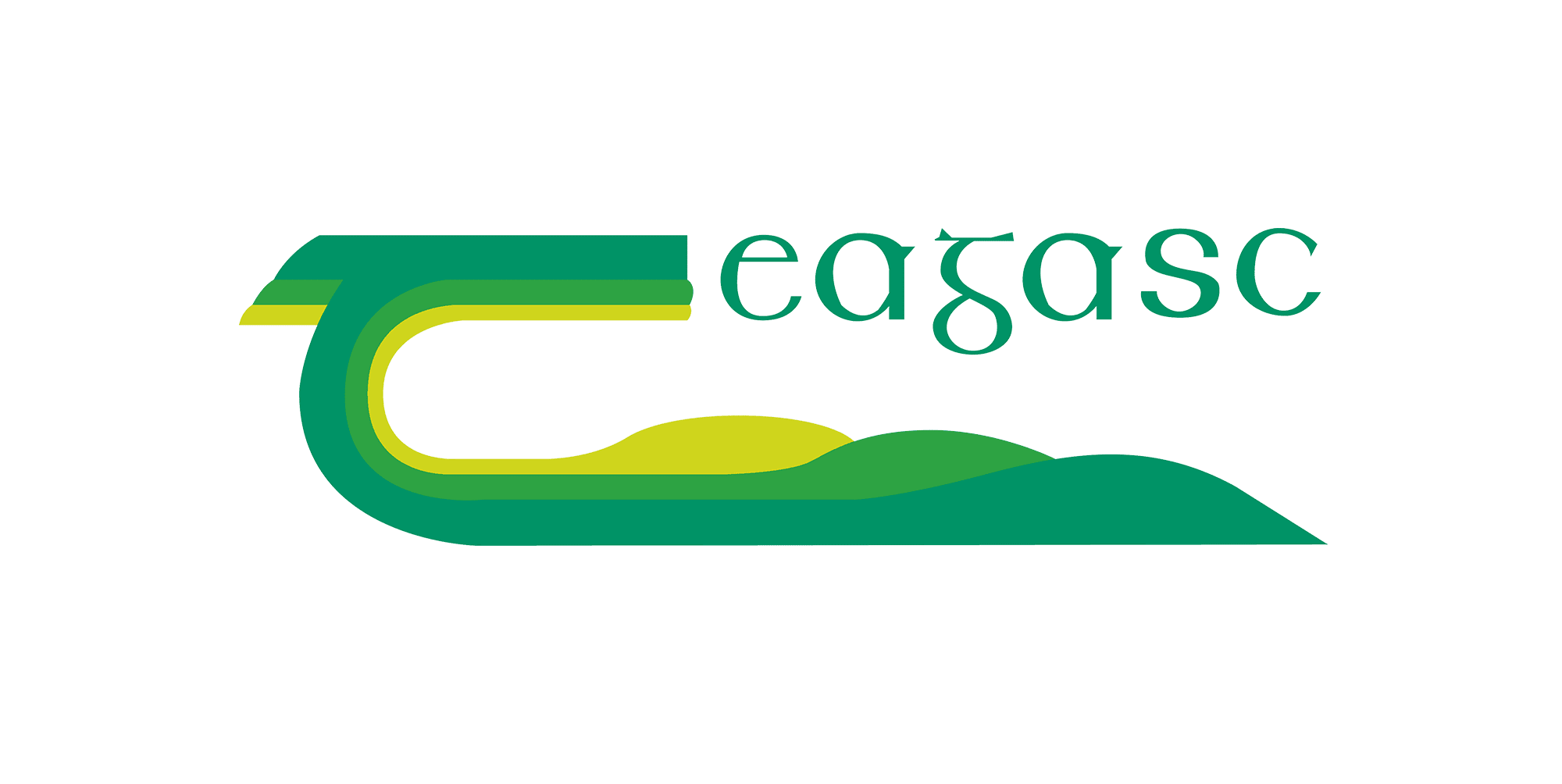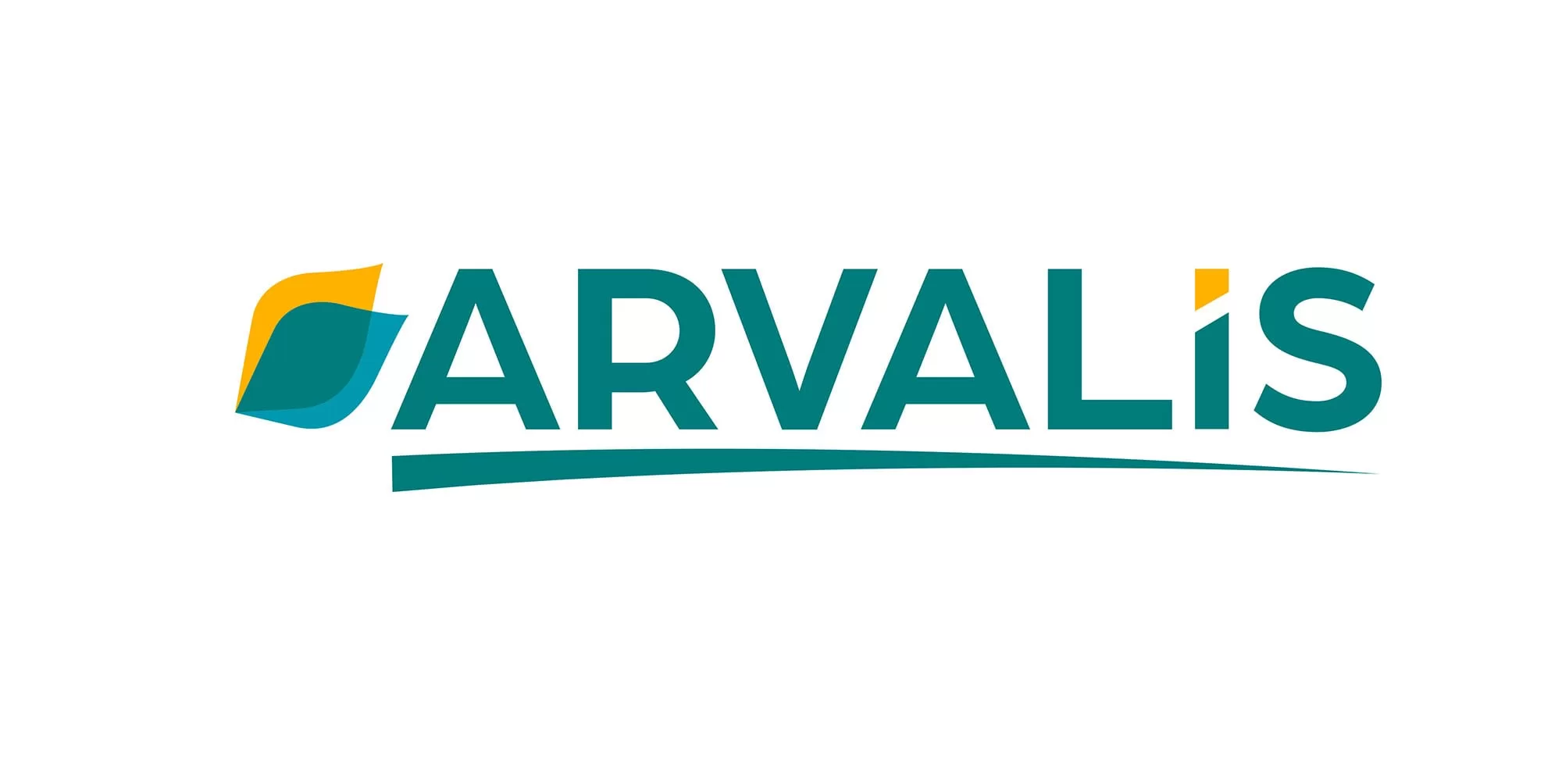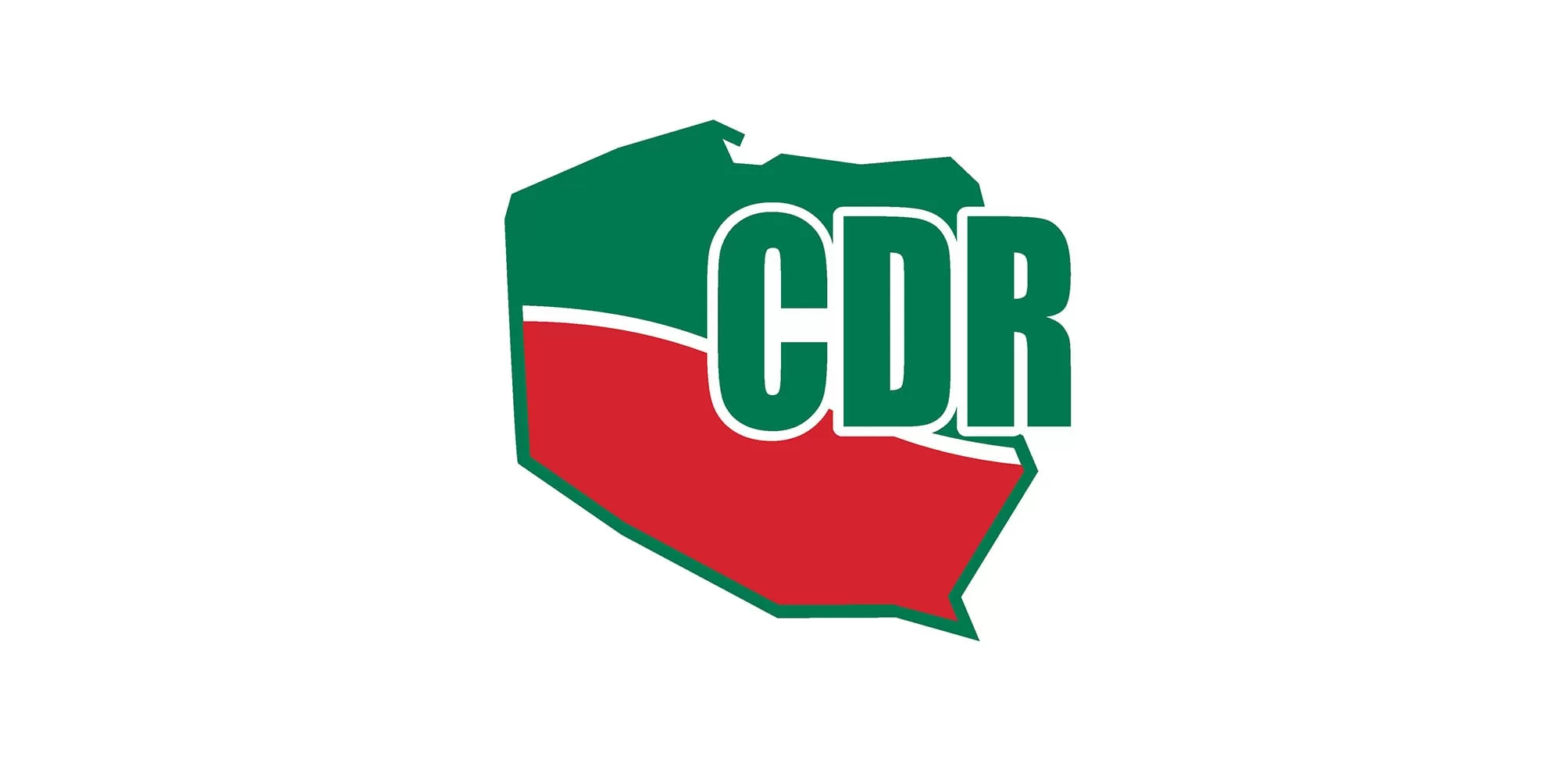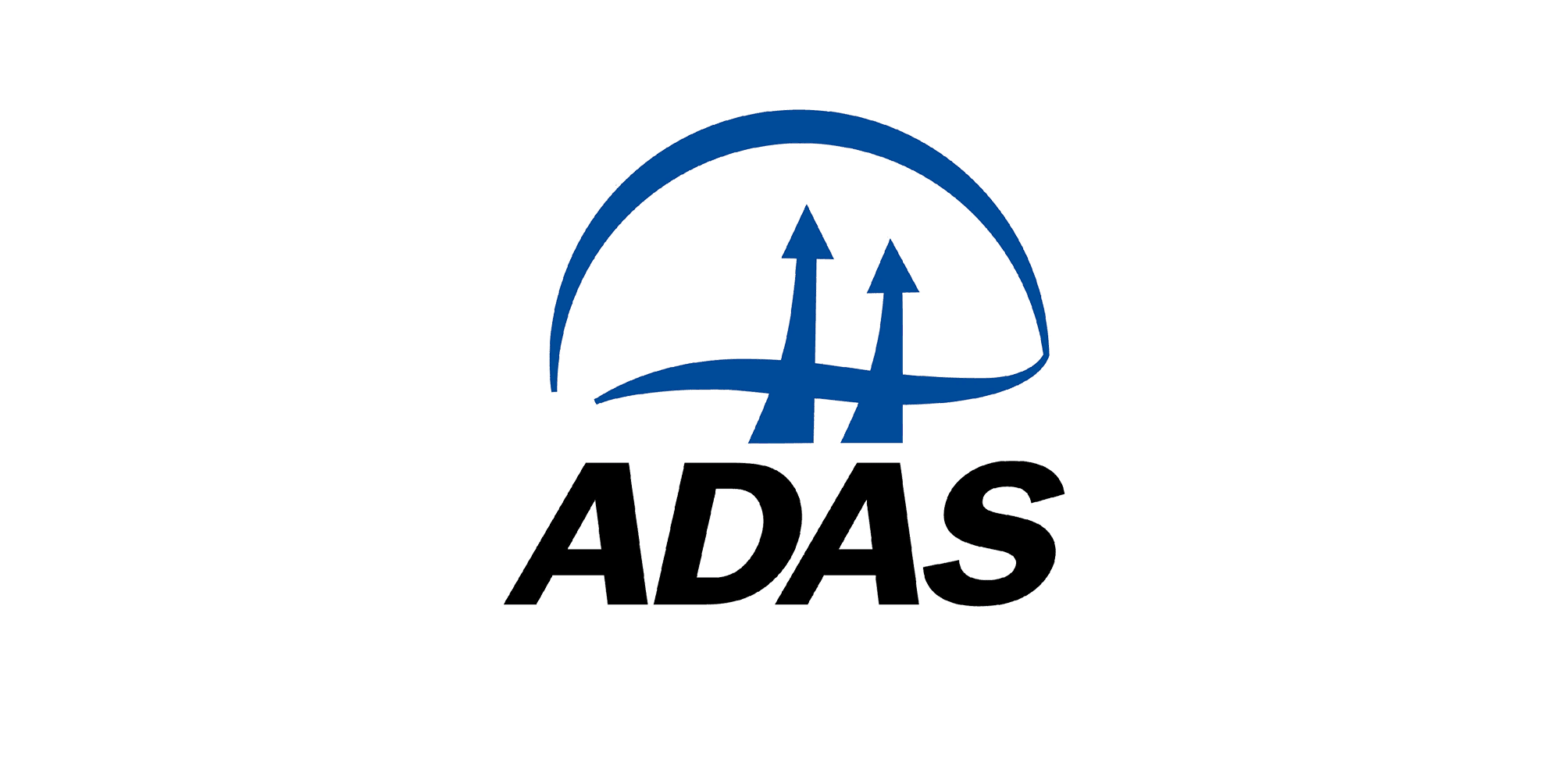Recommendation system by: Government
Vejledning gødsknings- og harmoniregler / Guide fertilization and harmony rules
Every year the authorities publish the economic optimal N-fertilization norms and guiding P and K-norms. Furthermore, a N-prognosis for mineral N content in soil after winter and estimated nutrient content in livestock manure, is published. There are NPK-norms for all crops grown in DK. For the major crops the economic optimal N-rate is based on 10 years field experiments with increasing N-rate, and the norm is adjusted to the optimum on the different soil types. Furthermore, the system includes corrections for the N-effect from the previous crop. For minor crops where there is no data from experiments the economic optimal is determined based on either similar crops with experiments, practical experiences, foreign recommendations or based on N-uptake and N-removal from the specific crop. Based on the crops grown on the farmers field, the farmer receives a N-quota for the entire farm. The recommendation system is a guide to for fill the rules for maximum application of N and partly P. It is not an actual fertilizer recommendation.
Access the recommendation system
 Wheat
Wheat
 Maize
Maize
 Potatoes
Potatoes
 Nitrogen
Nitrogen
 Phosphorus
Phosphorus
 Potassium
Potassium
| Publisher | Government |
| Name | Vejledning gødsknings- og harmoniregler / Guide fertilization and harmony rules |
| Weblink | https://lbst.dk/fileadmin/user_upload/NaturErhverv/Filer/Landbrug/Goedningsregnskab/Vejledning_om_goedskning_og_harmoniregler_2022_2023.pdf |
| Countries covered | Denmark |
| Regions covered | Whole country |
| Language | Danish |
| Crops covered | Wheat, Maize, Potatoes, Vegetables, Cover crops, Other cereals, Brassicas |
| Nutrients covered | Nitrogen (N), Phosphorus (P), Potassium (K) |
| Target soil pH Recommendations based on soil and cropping types | Not Provided |
| Nitrogen | |
| Crops for Nitrogen Recommendation | Wheat, Maize, Potatoes |
| Nitrogen Analysis Options | None |
| Soil Nitrogen Assess Method | Estimated |
| Factors for estimated Soil Mineral N | Soil type, Rainfall |
| Soil Nitrogen content measurement | None |
| Phosphorus | |
| Crops for Phosphorus Recommendation | None |
| Soil Phosphorus content measurement | Lab based method |
| Phosphorus Sampling Frequency | 5 years + |
| Lab analysis method for Phosphorus | Olsen P method |
| Potassium | |
| Crops for Potassium Recommendation | - |
| Soil Potassium content measurement | - |
| Lab analysis method for Potassium | |
| Potassium Sampling Frequency | |
| Potassium Measurement Method | None |
| Soil available Potassium(Κ) from potash clays | |
| Guidance for minimizing nitrate leaching | Not Provided |
| Crops for which the recommended N rate is adapted depending upon nitrate leaching risk | None |
| Nitrogen | |
| Dry Springs | Not Considered |
| Advice on irrigation for N recommendation | Not Provided |
| Spring Crop N content | Not Accounted for |
| Accepted methods for assessment of spring crop N content | |
| Phosphorus | |
| Spring Crop P content | Not Accounted for |
| Accepted methods for assessment of spring crop P content | |
| Nitrogen | |
| Current in season crop N requirement | Not Estimated |
| Basis for N Requirement Estimation | |
| Expected yields | Estimated in season N requirement can be adjusted for expected yields |
| Basis of crop N requirements | Crop approach |
| Phosphorus | |
| Current in season crop P requirement | Estimated |
| Basis for P requirement estimation | Standard values for different crops. Not divided into the requirement on different soil types |
| Expected yields | Estimated P requirement can be adjusted for expected yields |
| Basis of crop P requirements | Crop approach |
| Potassium | |
| Current in season crop K requirement | Not Estimated |
| Basis for K requirement estimation | |
| Expected yields | |
| Basis of crop K requirements | Crop approach, Rotation approach |
| Crops for which yield adjustments are made | - |
| Adjustments for Potato Recommendations | |
| Recommendations on length of growing season, variety, haulm length and/or determinacy groups | Available |
| Available adjustments for potatoes | Variety; Effect of irrigation; Placement of N in the bed system; The N rate normally varies between different types of potatoes (e.g. seed potato, potatoes for starch, potatoes for cooking) |
| Adjustments for nitrate leaching, gaseous N-losses and Ammonia Mitigation | |
| N adjustments to account for gaseous N-losses are included for | Manures |
| Fertiliser types and additives change recommendation | |
| Ammonia mitigation strategies used for manufactured fertilisers | |
| Manure application methods used for reducing ammonia emissions | Precision application equipment (e.g. bandspreading); Acidification of slurry or digestate; Incorporation into soil |
| Organic materials nutrient content | |
| Crop available N for different types of organic material | Calculated |
| Organic materials for which crop available N is calculated | Farmyard manure (cattle, goat, pig, sheep, horse, duck), Cattle slurry, Pig slurry, Poultry manure, Digestate, Compost, Biosolids, Waste derived materials e.g. paper crumble, food waste |
| Crop available nutrients from organic materials accounted for | Nitrogen (N), Phosphorus (P), Potassium (K) |
| Nutrients for which there is an option to input own organic material nutrient analysis | - |
| Types of organic materials for which regulation stipulates a sampling requirement | None |
| Guidance on fertilizer application timings | Provided, Adjusted for the total amount of nutrient applied |
| Guidance on the rate of fertiliser to apply at each timing | Provided |
| Number of fertilizer N applications in wheat | 1 |
| Application number between maize and potatoes | Does not differ |
| Number of fertiliser N applications in maize (or potatoes) | |
| P & K application frequency in winter wheat | Once a year |
| P & K application frequency between maize and potatoes | Does not differ |
| P & K application frequency in maize (or potatoes) | |
| Crops with guidance available for the placement of fertilisers | None |












